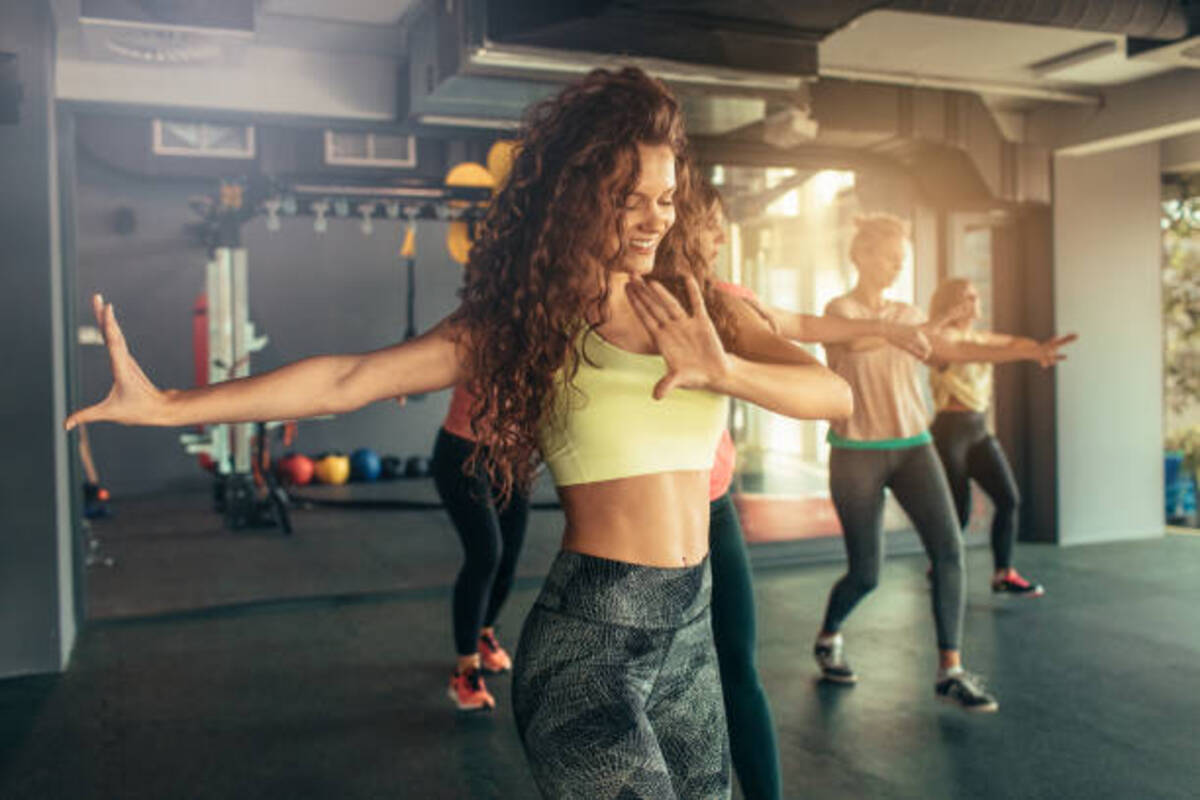Campus Torture
The horrific case of ragging and torture at a nursing college in Kerala is yet another grim reminder of the deeply ingrained culture of abuse in educational institutions.
Gone are the days when classical dancing was something your family forced on you as a kid. Today, more and more people are turning to it even as adults, to learn a new skill and tune-up parts of the body most modern routines wouldn’t touch.

Group of women enjoying dance fitness.
No generalisation here, but come on, even you’d got to admit that going to the gym every day can get a bit boring. Especially if you’re working, hitting the gym after 10 straight hours in the office can seem like a punishment.
If you just nodded in agreement, we’ve got an exciting alternative for you. Sure there’s Zumba and Pilates and all those other forms of exercise but how about classical dance? We know it doesn’t sound like a workout, but if you look at its benefits, it qualifies as one.
Advertisement
Gone are the days when classical dancing was something your family forced on you as a kid. Today, more and more people are turning to it even as adults, to learn a new skill and tune-up parts of the body most modern routines wouldn’t touch.
Advertisement
Classical dance is much more than a weight loss exercise. Not only does it help one relieve stress but it also gives their body balance, strength, and flexibility. Sure, it may not be the quickest way to fitness but its effects will stay for a lifetime. How do these dance forms help us? Let’s take a look.
Bharatnatyam
Bharatnatyam, one of the most widely practiced Indian dance forms today originated in the temples of Tamil Nadu. Practiced by the devadasis of the time, it was even written about in Natya Shastra, the magnificent Indian treatise on dance. The dancing Nataraj or Lord Shiva is considered the god of Bharatnatyam and worshipped before any performance.
Benefits
One of the most graceful yet rigorous dance forms practiced today, a two-hour session of Bharatnatyam makes for an excellent cardio workout Since the emphasis lies on the dancer elegantly maintaining his/her balance through the different postures, it helps strengthen the lower half of your body; specifically the muscles of your thighs and calves.
Kathak
A form of dance that derives its name from the Sanskrit word ‘Katha’ meaning story, Kathak originated as a form of story-telling through dance. A Kathak performance begins with the dancers introducing their characters before the recital. A physically demanding dance, most movements in Kathak are performed straight-legged with the dancers wearing ankle bells or ghungroos on their feet.
Benefits
Kathak ranks so high when it comes to the fitness quotient that there’s actually something called Kathak Yoga doing the rounds. It’s not only a strenuous physical workout but since all dancers practice wearing heavy ghungroos on their feet, it also makes for a weight-bearing exercise.
Plus, since the final dance performance tells a story, Kathak dancers will spend hours mastering coordination between their facial expressions, hand and leg movements to do justice to the tale.
Odissi
Originating in Orissa or Odisha as it is traditionally called, manuscripts show proof of Odissi being the oldest dance form in India. Central to this dance practice is the tribhanga or the tri-bent pose where the body of the dancer is bent at the neck, waist, and knee in a position similar to that found in Indian sculptures.
Benefits
One of the distinguishing facts of Odissi dance, and also the toughest part of the practice is the immense coordination between the different parts of the body in sync with the rhythm.
Since all three parts of the body make their own contribution to the art, there’s more than just your feet doing the dancing. In addition, since Odissi also places emphasis on the Nava Rasas or facial expressions it almost becomes an alternative to facial yoga. Keep dancing, and rest assured, you won’t have to worry about saggy skin anytime soon.
Advertisement